Tata Motors’ Electric Car Sales Fall Four Months Straight: Why Are EVs Slowing Down?


The country’s largest electric carmaker, Tata Motors, is currently witnessing a significant slowdown in its EV sales. What’s more worrying is that the sales have been going down for over the past four months. In June 2024, Tata Motors reported a 15% decrease in EV sales compared to the same period last year. This is the fourth consecutive month of declining sales, and this has raised the question amongst many: is the EV phenomenon slowing down?
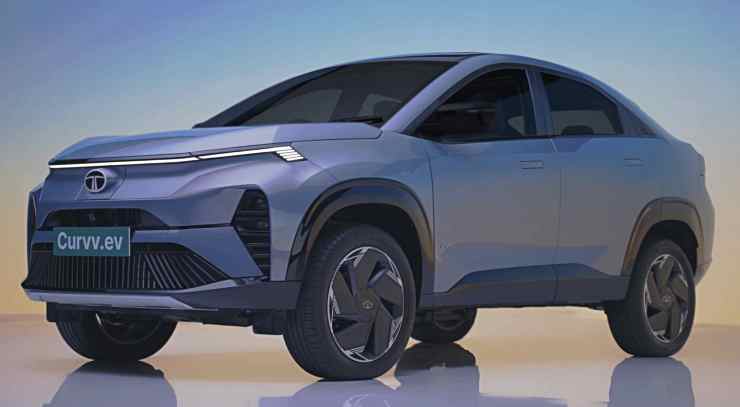
Tata Motors, despite launching new models like the Nexon EV and the Tiago EV, sales have not picked up as expected. In July 2024, the company sold 2,300 units. This was down from 2,700 units in June and 3,100 units in May. April saw the sharpest decline, with only 1,900 units sold compared to 4,500 in March.
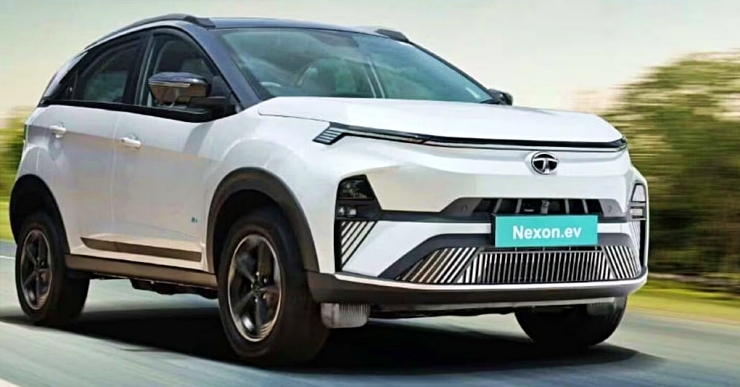
As for the sales data over the past few months, it has become evident that Tata Motors’ EV sales have been on a consistent downward spiral. The drop from 4,500 units in March to just 1,900 units in April was a significant blow.
This decline continued into May, June, and July, highlighting a continuous challenge in maintaining sales momentum. Now, several factors are contributing to this trend, including market saturation, economic factors, and shifting consumer preferences.
This particular slowdown of EV sales is not limited to Tata Motors alone; other EV manufacturers in India have also reported sluggish sales. This indicates a broader market trend rather than issues specific to Tata Motors. The company’s efforts to boost sales through promotional offers and financing schemes have not yielded the desired results as of yet.
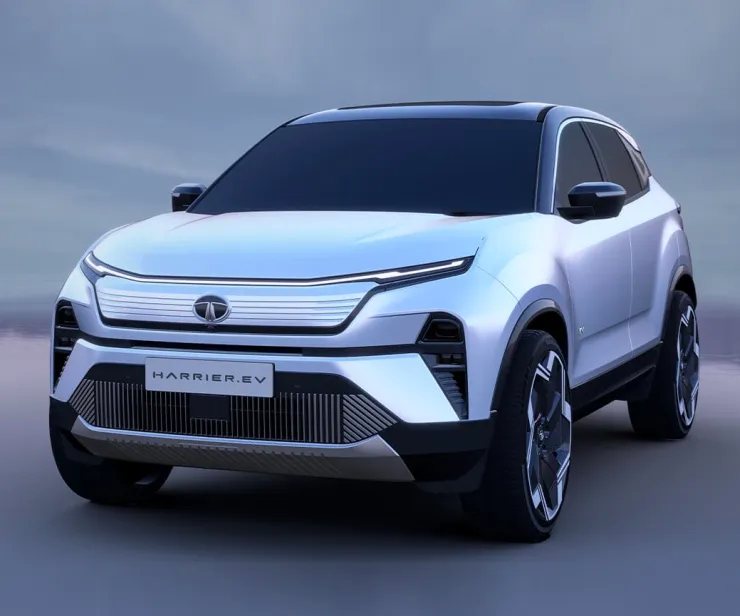
As mentioned, the decline in Tata Motors’ EV sales is reflective of a larger trend in the Indian EV market. The initial surge in EV adoption, which was driven by government incentives and rising environmental consciousness, seems to have plateaued.
Additionally, industry-wide, EV sales growth has slowed down, with many manufacturers reporting lower-than-expected figures. The Indian government’s ambitious target of having 30% of all vehicles on the road be electric by 2030 now seems increasingly challenging.
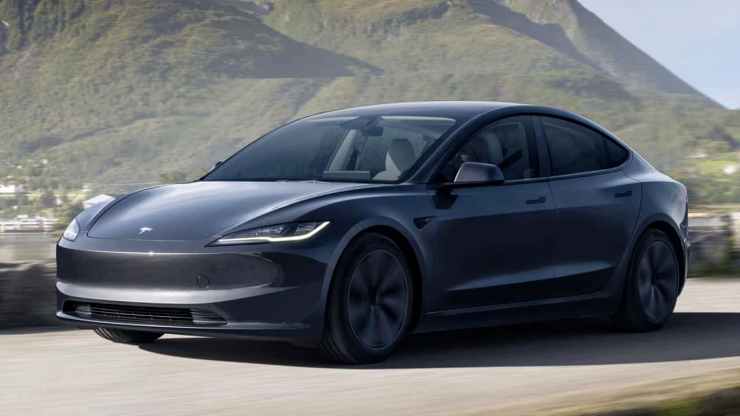
It has also to be noted that the slowdown in EV sales is not confined to India. Rather, this has become a global phenomenon. Key markets such as China, the United States, and Europe are also experiencing a deceleration in EV adoption rates.
Even in China, which is the world’s largest EV market, growth has slowed down after years of rapid expansion. Also, in the United States, despite increased interest and governmental support, EV sales have not met projections. Europe, which had seen a significant uptick in EV sales due to stringent emission regulations, is also witnessing a slowdown.

The initial surge in EV sales was primarily driven by early adopters. These were the people who were willing to invest in new technology and pay a premium for environmental benefits. However, this segment of the market is limited.
With most early adopters having already made their purchases, the challenge now is to attract the mainstream consumer. This demographic is generally more price-sensitive and less willing to compromise on the conveniences offered by traditional ICE vehicles.
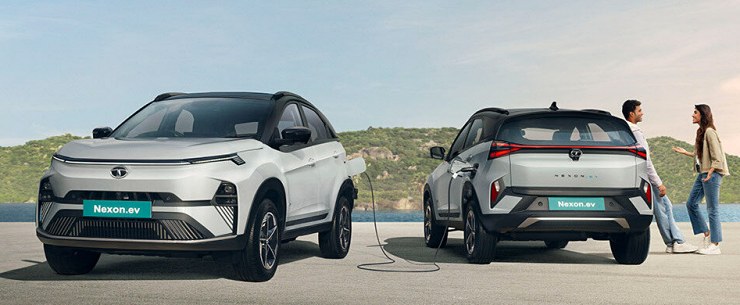
Another one of the biggest factors is range anxiety. It remains a significant barrier to widespread EV adoption. Despite advancements in battery technology and increasing range capabilities, many consumers still fear running out of power mid-journey.
This concern is multiplied in countries with vast geographical areas and inadequate charging infrastructure, just like India. So until consumers can be assured of sufficient range and reliable charging options, range anxiety will continue to slow down EV adoption.

One of the most critical issues facing the EV market is the lack of charging infrastructure. While urban areas may have a reasonable number of charging stations, rural and semi-urban regions lag far behind.
This particular disparity makes it even more challenging for potential EV buyers to consider electric vehicles as a viable option, particularly for long-distance travel. Governments and private players need to invest significantly in expanding the charging network to support the growing number of EVs on the road.
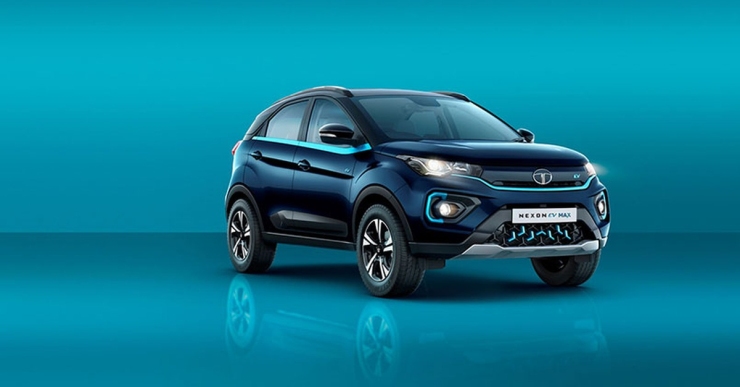
The resale value of EVs remains an unknown factor, deterring many potential buyers. Unlike ICE vehicles, which have well-established depreciation patterns, the resale market for EVs is still developing. Concerns about battery degradation and the long-term reliability of electric drivetrains add to the uncertainty.
This especially becomes a major problem in India, as car buyers research the resale value even before they buy one. So investing in a vehicle without a clear understanding of its future value makes them more likely to stick with traditional options.
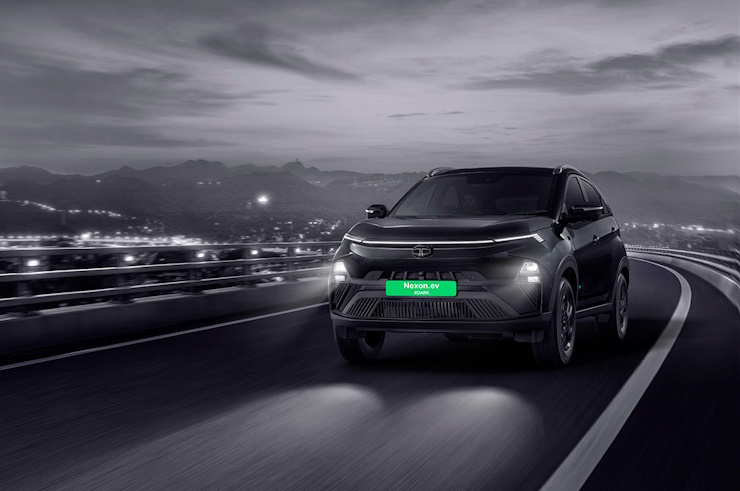
In the present scenario, affordable EVs often lack the convenience and freedom associated with ICE vehicles. The need to plan every trip meticulously, especially for outstation journeys, can be a significant reason for many people to not like EVs.
Unlike ICE vehicles, where refueling is quick, EVs require careful planning around charging stops. This lack of spontaneity and convenience is a major drawback for many potential buyers.
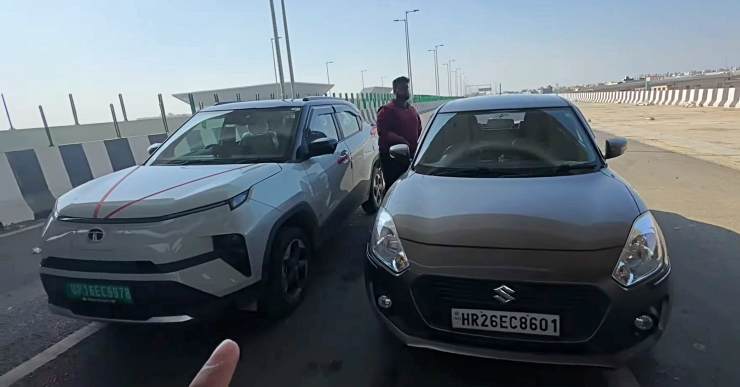
Although the prices of batteries have come down, EVs are still generally more expensive than their ICE counterparts. The higher upfront cost can be a significant barrier for price-sensitive consumers.
Now, while lower running costs and government incentives can offset this to some extent, the initial price premium remains a hurdle for many car buyers.

Car buyers who drive only 20-30 kilometers a day find the economic benefits of EVs less visible. The significant savings on fuel and maintenance costs, which are major selling points for EVs, become negligible at lower mileages. So in such cases, the higher upfront cost of an EV is harder to justify, making ICE vehicles a more attractive option for low-mileage drivers.